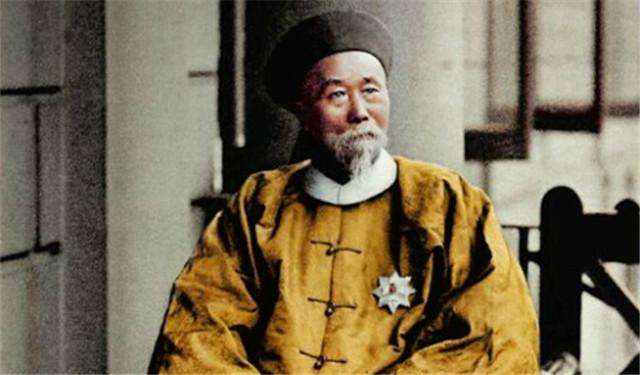Li Hongzhang Powerful official invites controversy
3 min readLi Hongzhang was a leading statesman and the most powerful government official in the late Qing Dynasty(1644-1911).
In his 25-year term as the governor general of Zhili, the capital province, and Commissioner for North China Trade, Li waged great power in the country’s economic, military and foreign affairs sectors. He was also the top leader of the so-called”Westernization Movement,”a campaign aiming to revitalize the country by introducing Western learning and technology.
Li was born in 1823 in an official’s family in Hefei, capi-tal of today’s Anhui Province. He studied very hard as a childand when he was 20, his father brought him to Beijing to study under Zeng Guofan, an eminent official and military general, who later became Li’s mentor.
Four years later, Li passed the imperial palace examina-tion and obtained the title of jinshi, or”presented scholar.”He was then assigned to work in the imperial court.

Not long after,a large-scale peasants’ upheaval known as the “Taiping Rebellion”broke out and threatened to topple the Qing government. In 1853, the emperor ordered Li to organize armed forces in his home province to fight the rebels.
Later, with support from Zeng, Li formed an army called the Huaijun and won a series of battles against the rebel forces.
Meanwhile, Li’s influence grew. He was first appointed gov-ernor of Jiangsu Province and later governor general of Liangjiang. In 1870, he succeeded his mentor Zeng to become the governor general of Zhili, the capital province, and at the same time, he held the lucrative office of the commissioner forNorth China Trade, putting Li in total control of the country’s economy, military and foreign affairs.
It was during his tenure as the governor of Jiangsu that he went to Shanghai, where he came in close contact with West-ern culture and technologies. Learning from the lessons of China’s humiliating losses in the Opium Wars, Li decided to introduce ideas and technologies from the West to revitalize his own country.
As a result, he launched the so-called “Westernization Movement”by setting up modern weapon and ship building bureaus and inviting foreign military advisors to train his army.
For example, in 1865, Li set up Kiangnan Arsenal in Shanghai, which later became the builder of China’s first steamship.
It was also the predecessor of Shanghai-based Jiangnan Shipyard, now a leading shipbuilder in China.
Under Kiangnan Arsenal, Li set up a translation bureau and invited Englishman John Fryer to be its director. Within a few years, the bureau had translated more than 100 Western books into Chinese. Among them,49 were about science and technology.
In 1863, Li established an academy of foreign languages in Shanghai to train Chinese students under the age of 14. Star-ting from 1872, he began to send young students to study in the US. Those students later returned to China and became key individuals in the drive to modernize. For example, Zhan Tianyou, one of the first Chinese students trained in the US, became the”Father of Railways”in China.
Li was also a top negotiator with Western powers and Japan and was involved in the signing of many unequal treaties such as the Treaty of Maguan(the Treaty of Shimonoseki) and the Xinchou Treaty(the Boxer Protocol).
Li died in 1901, but remains today a controversial figure in Chinese history.
He is often criticized for his involvement in suppressing the peasant rebellion, the signing of unequal treaties with Western powers and losing a naval war with Japan, but praisedfor his efforts in introducing modern science and technology from the West.








